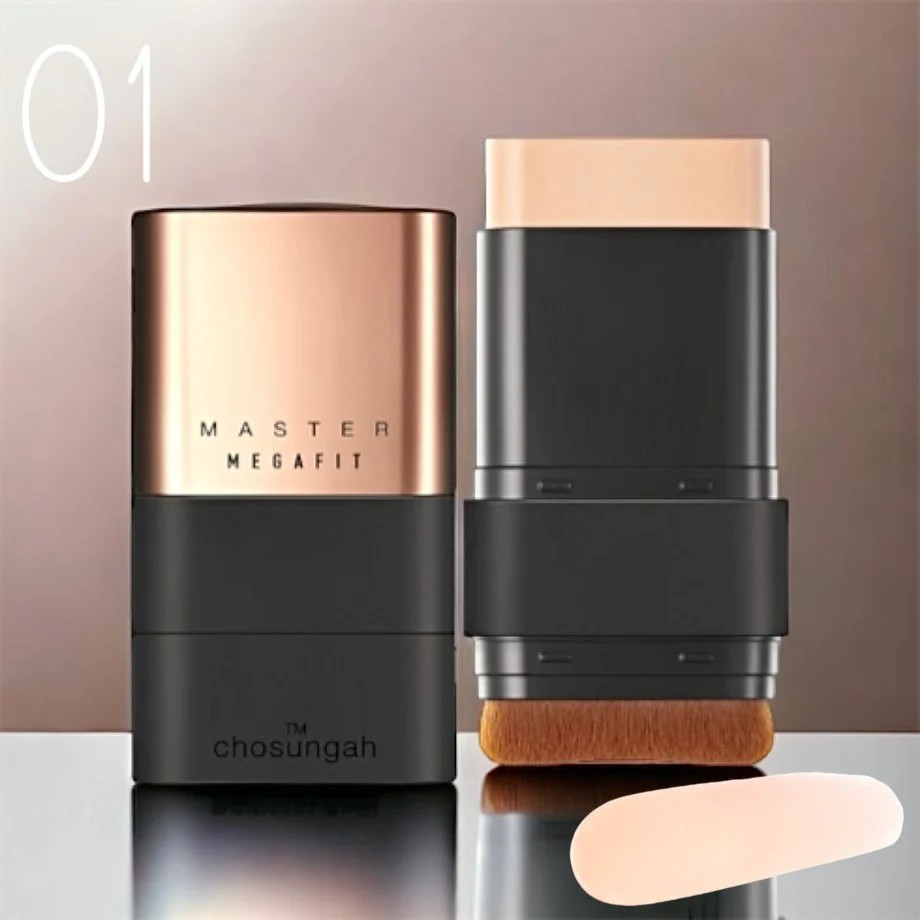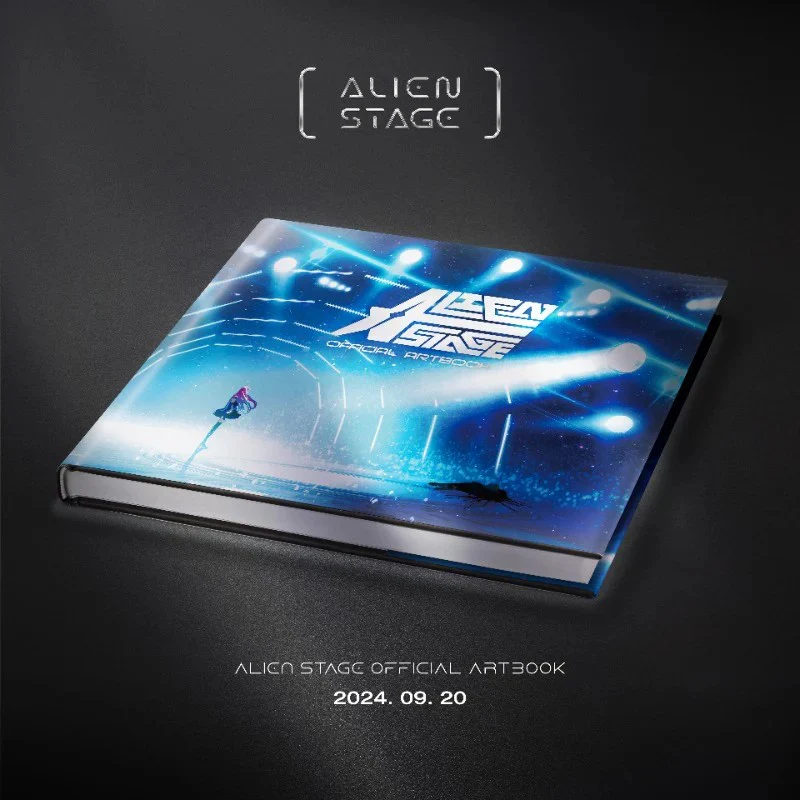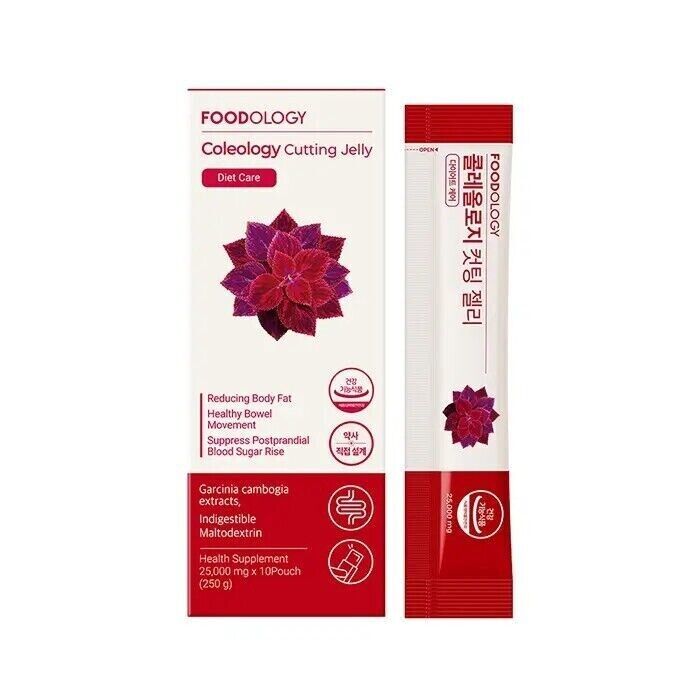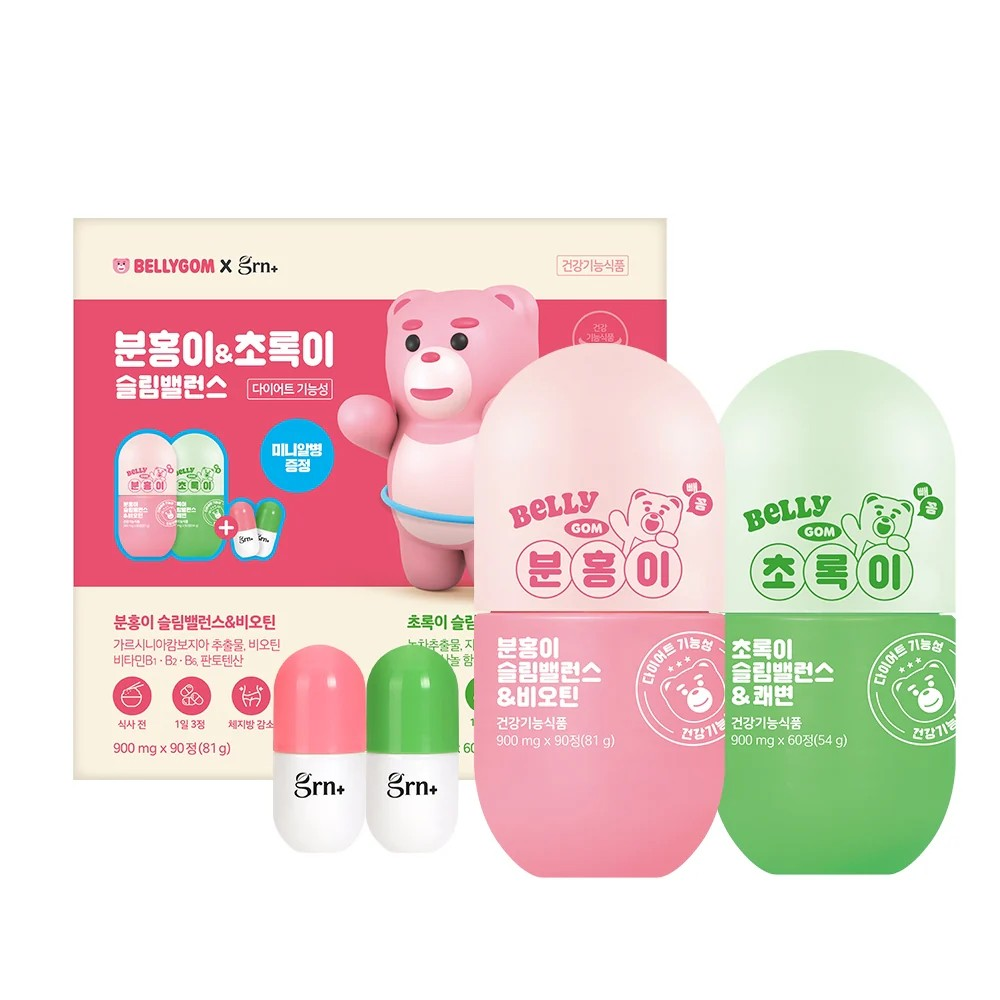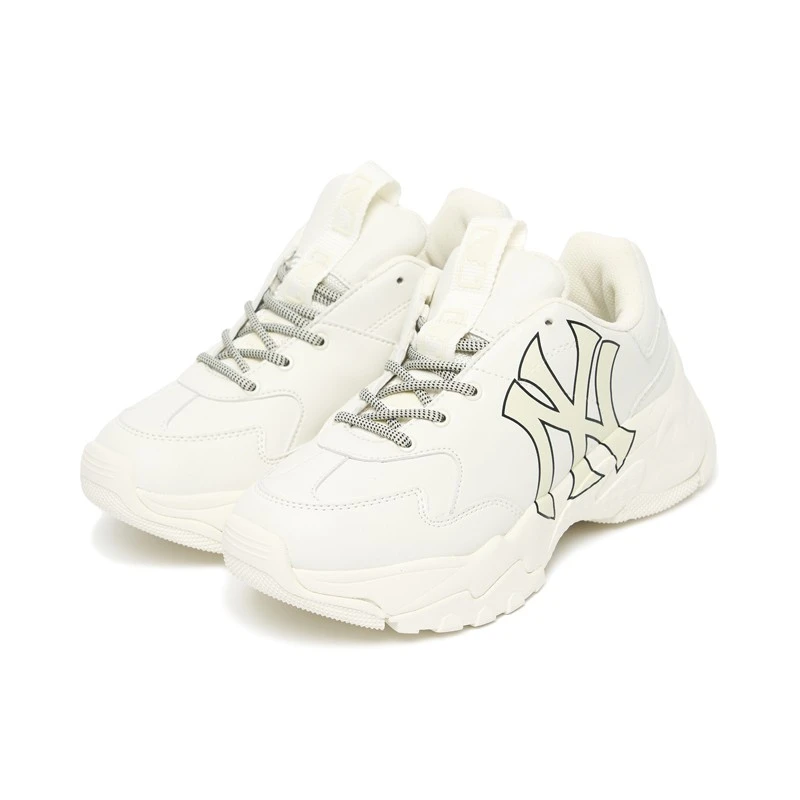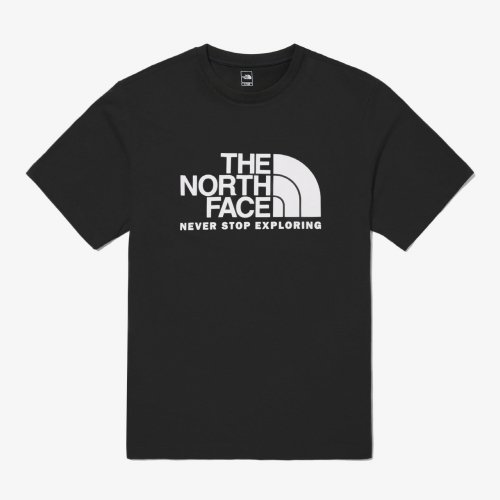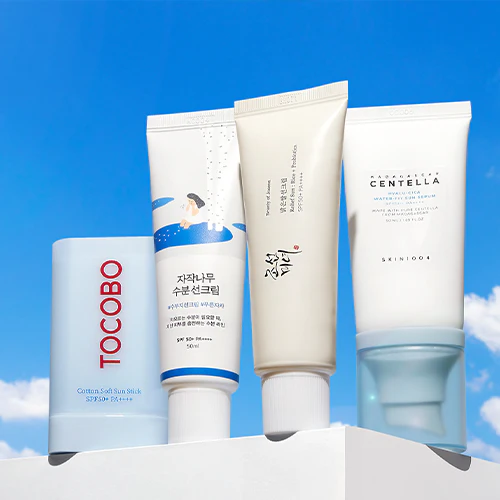
How to Choose Sunscreen Products: A Comprehensive Guide
How to Choose Sunscreen Products: A Comprehensive Guide
1. The Necessity of Using Sunscreen Products

Regardless of the season, ultraviolet (UV) rays are always present. Prolonged exposure to UV rays can cause significant damage to the skin, leading to premature aging, dark spots, wrinkles, and even an increased risk of skin cancer. Therefore, using sunscreen is essential for maintaining healthy skin. Sunscreen isn’t just for the hot summer days; even on cloudy or winter days, UV rays can harm your skin.
2. Consequences of Not Using Sunscreen
If you don’t use sunscreen regularly, your skin may suffer from the following issues:

- Accelerated Skin Aging: UVA rays can penetrate deep into the dermis, breaking down collagen and elastin, leading to loss of skin elasticity and the formation of wrinkles.
- Hyperpigmentation: UVB rays stimulate the production of melanin, resulting in dark spots and uneven skin tone.
- Increased Risk of Skin Cancer: Overexposure to UV rays is a major risk factor for skin cancer, especially in skin that is frequently sunburned.
3. Dangers of Low-Quality Sunscreen Products
Some low-cost or poorly tested sunscreen products not only provide inadequate protection but may also negatively impact your skin:
- Insufficient Sun Protection: Low-quality sunscreens may not deliver the SPF value they claim, leaving your skin vulnerable to UV damage.
- Unsafe Ingredients: Some inferior sunscreens may contain harsh or harmful chemicals, leading to skin irritation, inflammation, or even potential health risks.
- Poor Durability: Low-quality sunscreens often lack stability, losing their protective effectiveness quickly, requiring frequent reapplication and causing inconvenience.
4. How to Choose a Quality Sunscreen
When selecting a sunscreen, consider the following factors:
- SPF and PA Ratings: SPF (Sun Protection Factor) and PA (Protection Grade of UVA) are key indicators of a sunscreen's effectiveness. Higher SPF means longer protection; higher PA levels indicate better UVA protection. For daily use, SPF 30 with PA+++ is generally sufficient, but for extended outdoor activities, opt for SPF 50+ and PA++++.

- Safe Ingredients: Quality sunscreens usually avoid parabens, mineral oils, and artificial fragrances, which can irritate the skin. A combination of physical (like zinc oxide, titanium dioxide) and chemical sunscreens offers broad-spectrum protection.
- Texture and Skin Feel: Choose a sunscreen that suits your skin type. Oily skin types can benefit from lightweight, oil-free sunscreens, while dry skin may prefer more moisturizing options.
- Brand Reputation: Choose reputable brands that undergo rigorous testing and have good consumer reviews to ensure effectiveness and safety.
- Water Resistance: For outdoor activities where you may sweat or come into contact with water, a water-resistant sunscreen is preferable, offering longer-lasting protection.
Trending Sunscreen Product Types and How to Choose
As awareness of sun protection has grown, a variety of sunscreen products have emerged, each with unique advantages for different situations. Here are some of the most popular sunscreen types and tips on how to choose them:
1. Sunscreen Cream
Sunscreen cream is the most traditional and common type of sunscreen. It typically has a rich texture, providing long-lasting protection and is suitable for all skin types and daily use.

Selection Tips:
When choosing a sunscreen cream, pay attention to the SPF and PA values to ensure adequate UV protection. For oily skin, opt for a lightweight, oil-free formula; for dry skin, choose a more hydrating product. Sensitive skin types should look for fragrance-free and alcohol-free formulas.
2. Sunscreen Powder
Sunscreen powders have become popular among makeup enthusiasts. They not only provide sun protection but also help quickly touch up and even out the complexion while maintaining the makeup look.

Selection Tips:
When selecting a sunscreen powder, ensure the powder is fine and matches your skin tone. SPF 30 is generally suitable for daily use. Choose a non-comedogenic formula to reduce the risk of breakouts.
3. Sunscreen Stick
Sunscreen sticks are favored by outdoor enthusiasts and travelers for their portability and precision in application. They are ideal for small areas that are often overlooked, such as the ears and nose.

Selection Tips:
When choosing a sunscreen stick, look for a product that glides on smoothly and has gentle ingredients. Water-resistant options are especially important for extended outdoor activities.
4. Sunscreen Essence
Sunscreen essence is an innovative type of sunscreen that combines sun protection with skincare benefits. It usually has a light texture and provides strong moisturizing effects, making it ideal for those looking for multi-functional products.

Selection Tips:
Opt for a sunscreen essence that contains antioxidants to protect the skin from free radicals while providing sun protection. Lightweight, fast-absorbing, and non-sticky products are the most popular choices.
Conclusion
Choosing the right sunscreen involves considering its protective efficacy, your skin type, lifestyle, and preferences. By understanding and following current trends, you can find the perfect sunscreen that provides comprehensive protection for your skin.


